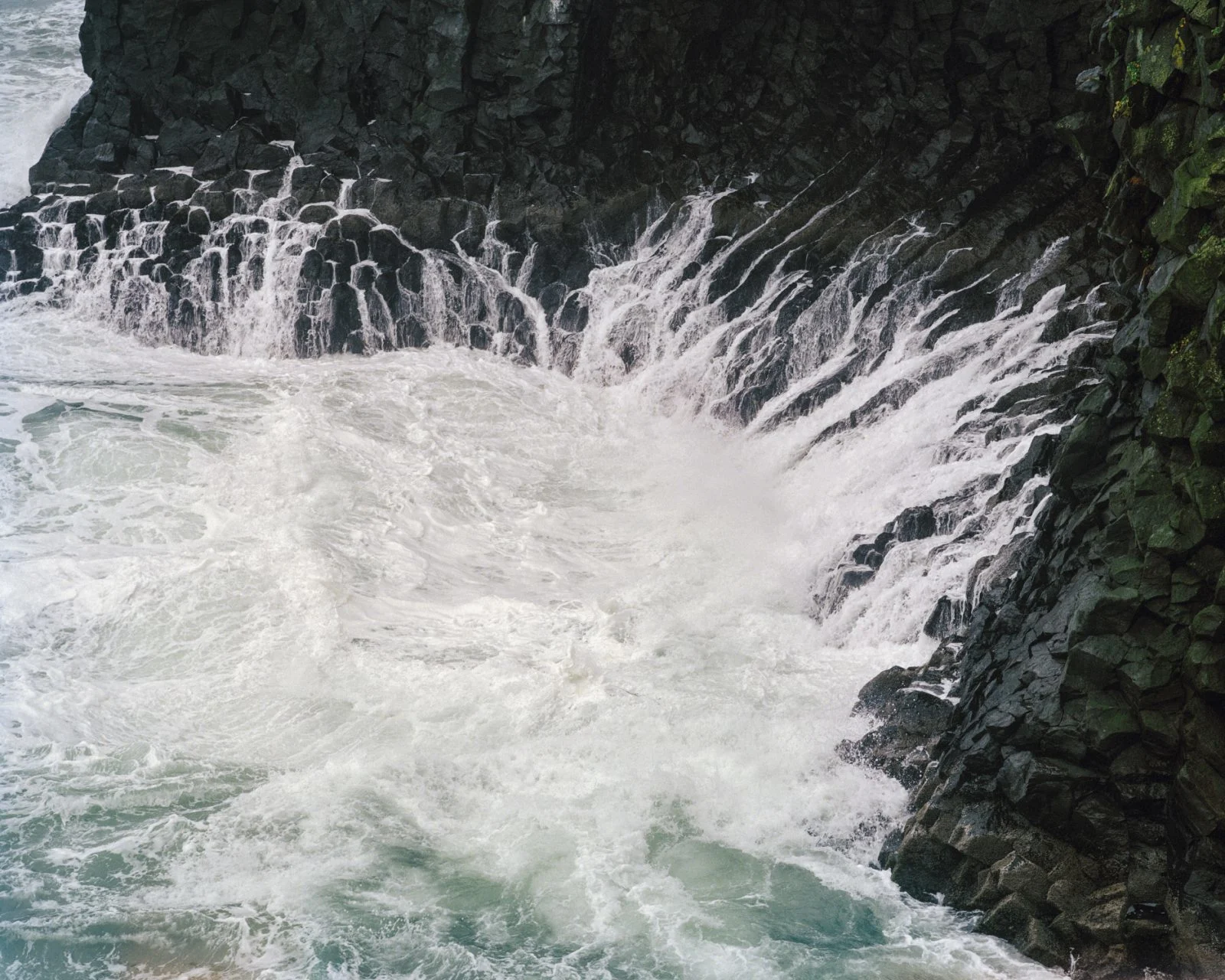

In 2011, photographer Mustafah Abdulaziz took on the challenge to photograph what water means to our world, how it influences our cultures and the different ways it is used.
In what he now foresees as a 15-year long project, Mustafah plans to visit 32 countries to uncover people’s attitudes towards water. It is a hugely ambitious undertaking not only in timing and travel, but also in the way the photographer has to push himself to tell such a complex story.
Up until now Mustafah has visited eight countries, ranging from India, Sierra Leone and Nigeria to China and the US – all with a different relationship to water. Whereas in India he portrays the polluted Ganges river, in California he shows the effects of heavy droughts on the landscape.

With each visit, he shows how water is immersed in every aspect of life; it moves beyond culture, religion and location – but in some respects its meaning is inherently shaped by those same elements.
“Water pervades our existence in every facet, not only in the obvious and superficial understanding of how much our bodies are composed of water, or how much water we need to drink and survive, but in the more relevant and defining characteristics of water,” Mustafah says.
“Water is the landscape of our common story; our ancestors crossed waters to reach new horizons. It is the resource we flush into the ground to frack for natural gas, and is thus poisoned in the process, sickened by our thirst for finite fossil fuels. Oceans, seas and rivers are the locations where some of our greatest cities and civilizations have sprung. The animals we share this planet with exist in water’s depths and on its surfaces.

“It even reflects our attitude towards other resources; it shows our willingness to destroy our wealth in the longer term so we can have quick returns short term. It is present in our art, in our paintings and our spiritual stories that date back millions of years. It is fundamentally the most critical resource to our continued existence and a great reflector upon which our behavior, our strengths and our weaknesses are defined.”
But the fact that water influences everything in our world also makes it difficult to build a cohesive story around it. Nevertheless, Mustafah wants to focus on the larger concept. “What interests me is the possibility of photography providing transcendence. It is not simply a medium of information, but to me it is a relativistic art form capable of elevating a viewer’s sense of existence, of connection to their natural world and their own mortality.”
He continues, “This is not a simple documentation of a modern crisis, or an observation of humanity in dissonance with Earth, but a truly humanistic portal into water and how it connects us to life itself.”

To reach this higher purpose, he feels he needs to be mindful of his own interpretations and intentions while photographing, so it doesn’t influence his imagery. “The conflict for me is to make something truly powerful and not, along the way, satisfy myself with mediocrity.”
In this sense, Water is not only an ambitious attempt to tell a wide story of one of our most important dependencies in the world – it also shows Mustafah’s great aspiration to move beyond his own beliefs and push his photography forward.




